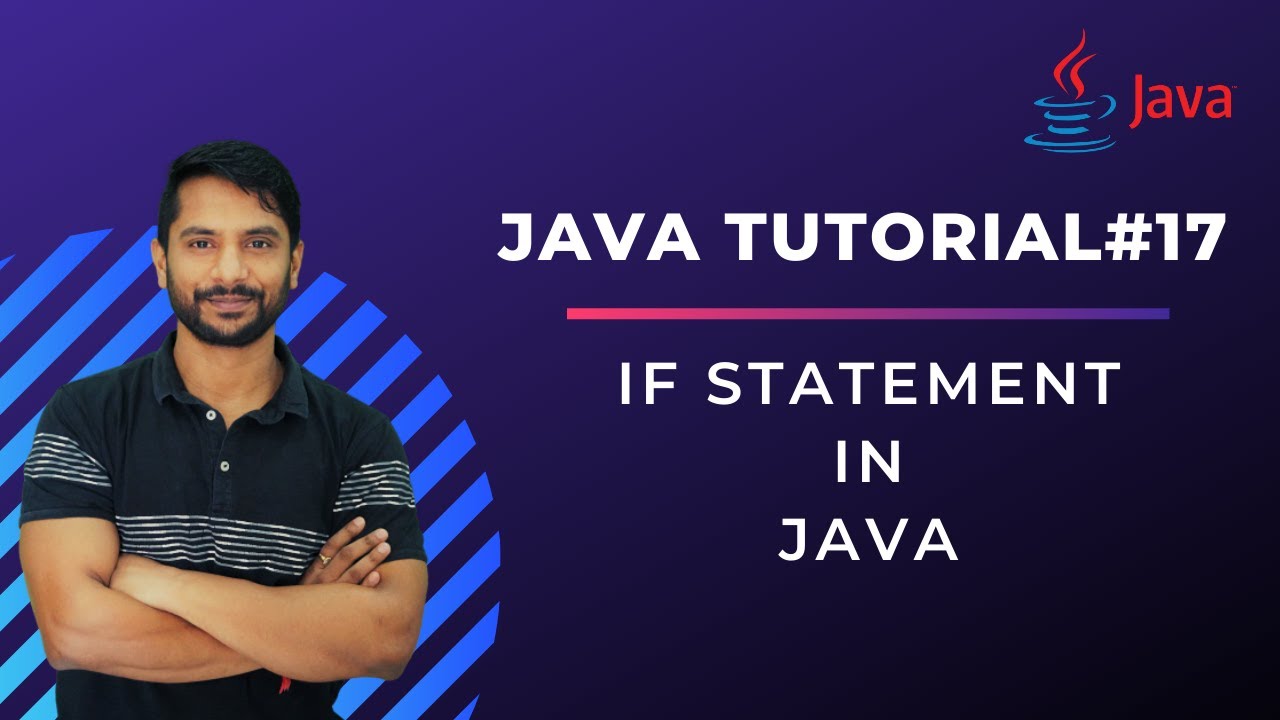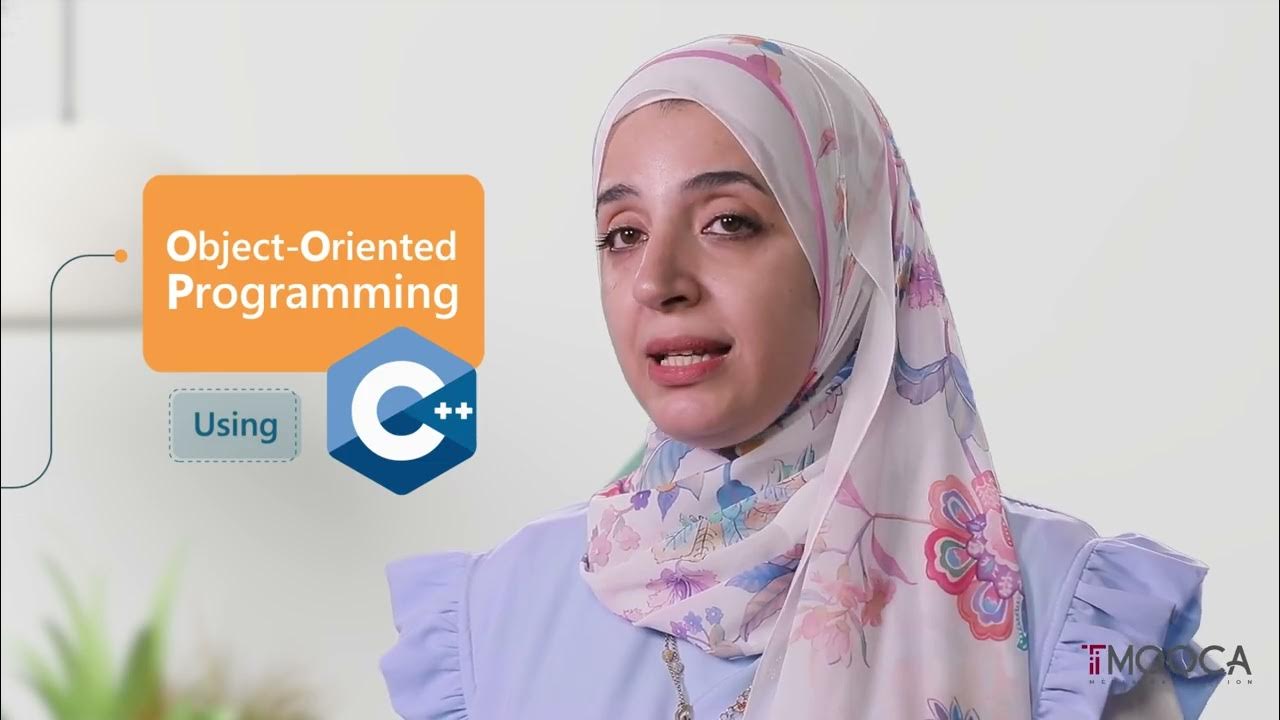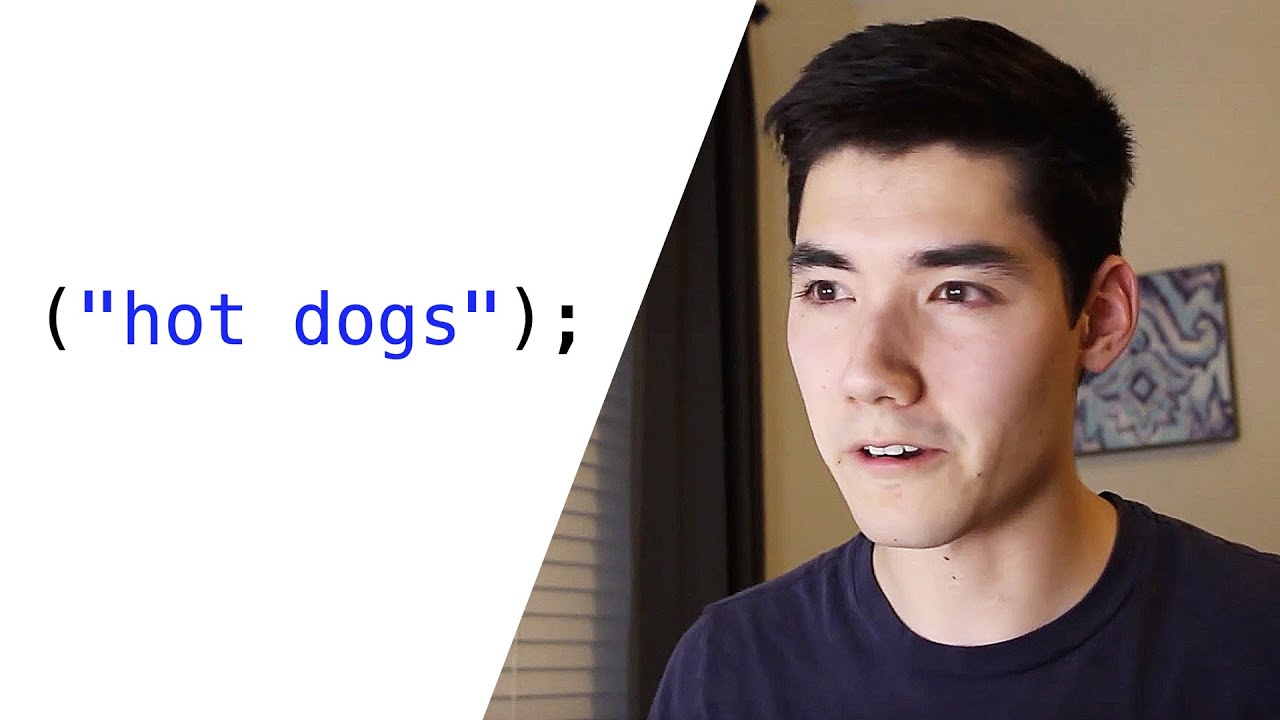ICS 111 Midterm Review
Summary
TLDRThe video discusses key concepts in Java programming, including the use of methods, return statements, and packages. It emphasizes that a return statement exits a method, making any subsequent code unreachable unless conditionally executed within branching statements. The importance of Java packages is highlighted, showcasing how they organize classes, such as the java.lang package for core functionalities and java.util for utility classes like Scanner. The explanation provides a solid foundation for understanding Java's structure, preparing viewers for midterm assessments.
Takeaways
- 😀 Functions are essential components of programming that help organize code and facilitate reuse.
- 🔄 The purpose of a function is to perform a specific task and optionally return a value.
- 📋 Parameters allow functions to accept input values, making them more versatile.
- 🚫 Any code following a return statement in a function is unreachable and will not execute.
- 🧭 Multiple return statements can be used within conditional structures to return different values based on specific conditions.
- 📦 Java packages are used to group related classes and help manage namespaces in code.
- 🔍 The `java.lang` package contains fundamental classes like `String`, while the `java.util` package includes classes like `Scanner`.
- 🔗 To use classes from other packages, you can import them, allowing you to reference the class without the full package name.
- 🖌️ Understanding how to use packages and return statements is crucial for effective programming in Java.
- 📚 The content covered is vital for midterm preparation, enhancing your programming skills and understanding of Java.
Q & A
What is the primary purpose of Java as a programming language?
-Java is designed to be a platform-independent, object-oriented programming language that is easy to use and understand, making it suitable for a wide range of applications.
What are the key differences between compiled and interpreted languages?
-Compiled languages convert high-level code into machine code in one go, producing an executable file, while interpreted languages convert code line by line during execution, allowing for immediate execution but typically resulting in slower performance.
How do syntax and semantics differ in programming?
-Syntax refers to the rules and structure of writing code, while semantics relates to the meaning of the code. Code can be syntactically correct but semantically incorrect if it does not produce the intended results.
What are the main control structures in Java, and how are they used?
-Java's main control structures include loops (such as 'for' and 'while') for repeated execution and conditional statements ('if', 'else if', 'switch') for decision-making in the flow of the program.
What are the primitive data types available in Java?
-Java has several primitive data types, including 'int' for integers, 'double' for floating-point numbers, 'char' for characters, and 'boolean' for true/false values.
What is the purpose of the 'try-catch' block in Java?
-'Try-catch' blocks are used for exception handling, allowing a program to manage errors and unexpected events gracefully without crashing.
How can arrays be defined and accessed in Java?
-Arrays in Java are defined using the syntax 'new type[size]', where 'type' is the data type, and 'size' is the number of elements. They are accessed using zero-based indices, e.g., 'arrayName[index]'.
What are subroutines, and how are they beneficial in programming?
-Subroutines, or methods, are blocks of reusable code that can accept parameters and return values. They help in organizing code, reducing redundancy, and enhancing readability.
What is the significance of packages in Java?
-Packages in Java are used to group related classes and interfaces, which helps in organizing code and avoiding naming conflicts. They also allow for modular programming.
Can you explain how return statements work in subroutines?
-Return statements in subroutines provide a way to exit the subroutine and optionally send back a value to the caller. If a return statement is executed, any code after it in the subroutine will not run, making it crucial to manage the flow of execution properly.
Outlines

هذا القسم متوفر فقط للمشتركين. يرجى الترقية للوصول إلى هذه الميزة.
قم بالترقية الآنMindmap

هذا القسم متوفر فقط للمشتركين. يرجى الترقية للوصول إلى هذه الميزة.
قم بالترقية الآنKeywords

هذا القسم متوفر فقط للمشتركين. يرجى الترقية للوصول إلى هذه الميزة.
قم بالترقية الآنHighlights

هذا القسم متوفر فقط للمشتركين. يرجى الترقية للوصول إلى هذه الميزة.
قم بالترقية الآنTranscripts

هذا القسم متوفر فقط للمشتركين. يرجى الترقية للوصول إلى هذه الميزة.
قم بالترقية الآنتصفح المزيد من مقاطع الفيديو ذات الصلة
5.0 / 5 (0 votes)






